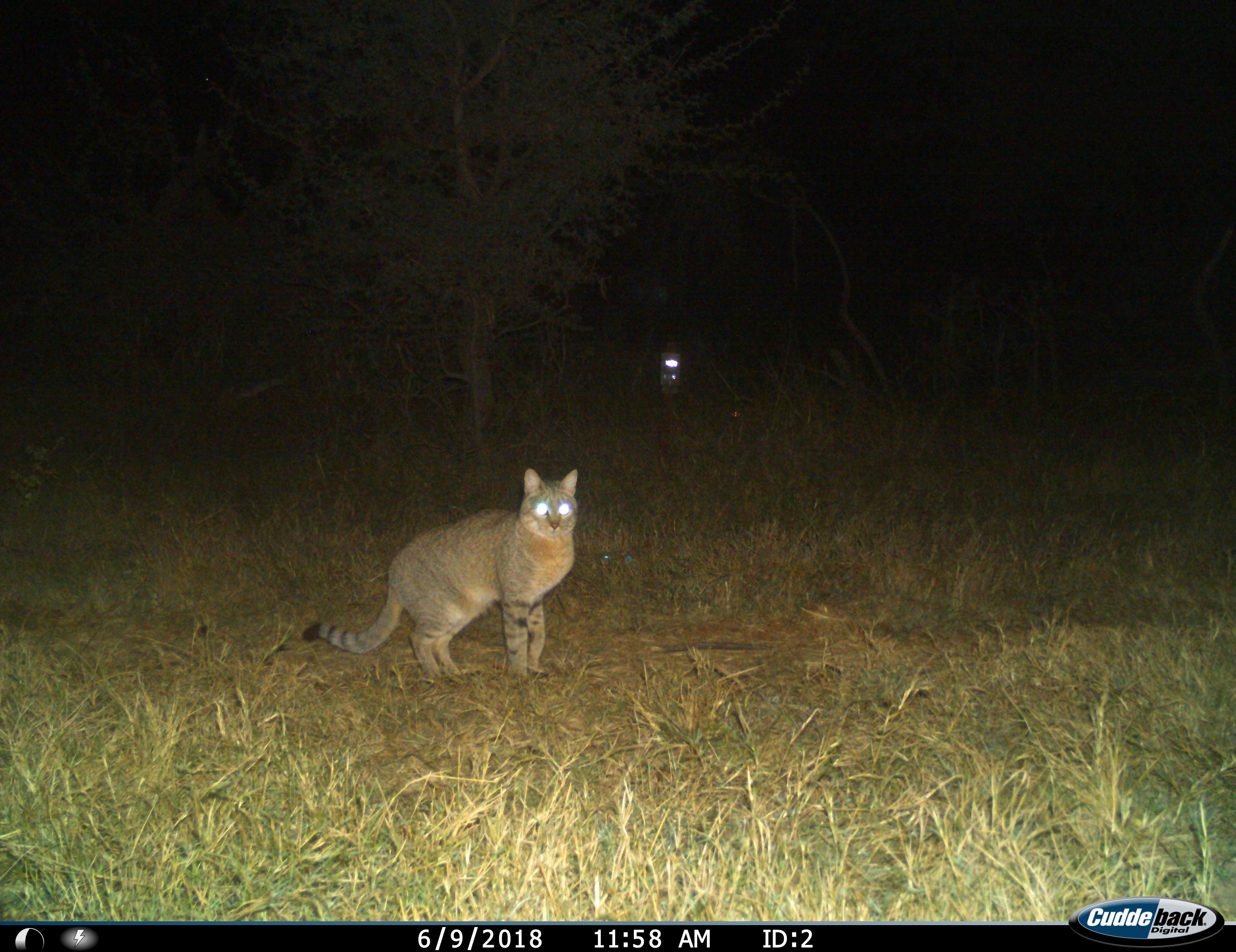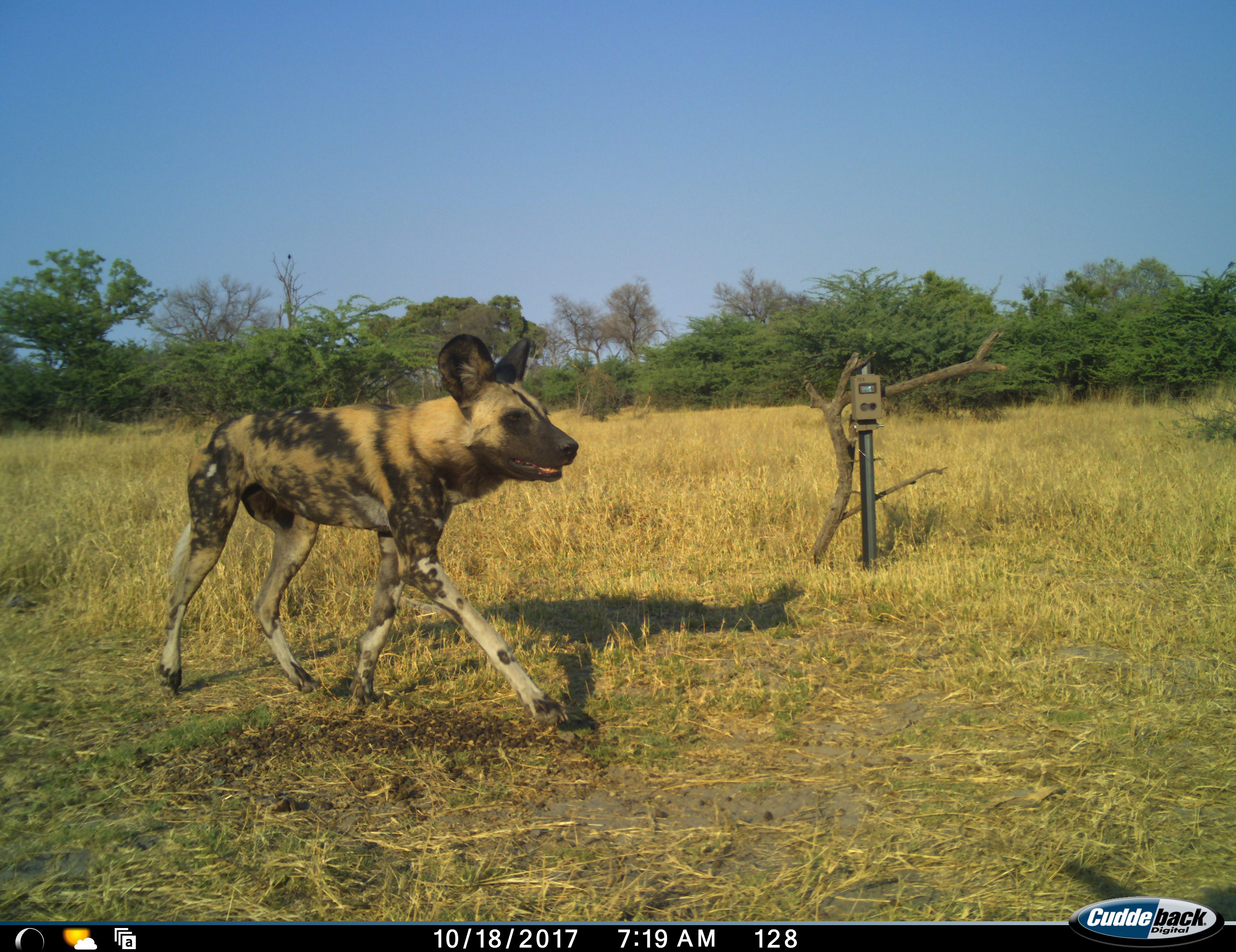News
WildEye & WildCRU: Working together to speed up camera-trap focussed research
Camera traps are a powerful tool for studying wildlife and are widely used by ecologists around the world as an effective way to gain insight into the diversity of wildlife in different locations and the size of populations. By developing an understanding of the abundance and distribution of various species, wildlife conservationists contribute to their conservation and provide crucial information to guide land-use management decisions.
WildCRU’s Trans-Kalahari Predator Programme’s research team have been carrying out camera trap surveys for nearly 10 years helping inform wildlife conservation. In total they have completed 30 camera trap surveys in order to provide reliable and accurate estimates of large carnivores within the Kavango Zambezi Transfrontier Conservation Area in sub-Saharan Africa. These surveys have resulted in well over a million photographs, all of which had to be manually sorted in order for the data to be used efficiently. This process of manually sorting data is extremely time consuming, and regularly takes longer than the surveys themselves.
WildEye, an organisation founded with the aim to use AI to the benefit of the conservation community, identified this obstacle and committed to developing a way to make both the processing time dramatically shorter, and the resulting data more accurate. The result of this endeavour was TrapTagger – an open-source web application that uses machine learning to automatically identify both the species and number of animals contained in each image. This in turn allows conservationists to use their time more effectively, running more camera trap surveys, providing more data, and consequently more statistically robust results across greater areas. Importantly, it would allow the conservationists to dedicate an increased amount of time to the analysis of the data itself and provide the information required for conservation policy development and decision making.
Appreciating the benefits that a system of this kind will bring, WildCRU have assisted in the development of this software from the start. Justin Seymour-Smith, our TKPP Survey Manager, participated in a trial run with the WildEye team to compare the accuracy of manual image sorting against that of the TrapTagger interface. It was found that the TrapTagger results were on a par with manual sorting, reporting recall and precision rates of 97.35% and 99.45% respectively, whilst also providing additional data points such as the counts of the animals in the images. Moreover, from start to finish (including copying the images from a portable hard drive to a server, processing them, annotating the survey, and perusing the results) the process took under 8 hours in total, compared to many months when images were processed manually. Overall, the results were achieved with as much as a 98.44% reduction in time and cost.
Commenting on the system, Andrew Loveridge, TKPP’s Director says ‘The ability to process very large camera trapping datasets using machine learning techniques, such as those designed by WildEye, greatly enhance our capacity to scientifically interpret the biodiversity data that is essential to biodiversity conservation and management.’
WildEye are expanding the system continuously with new features being added regularly, with new individual-identification tools and workflows being rolled out in recent months. The system is currently live and available for use free of charge. To find out more visit their website.










